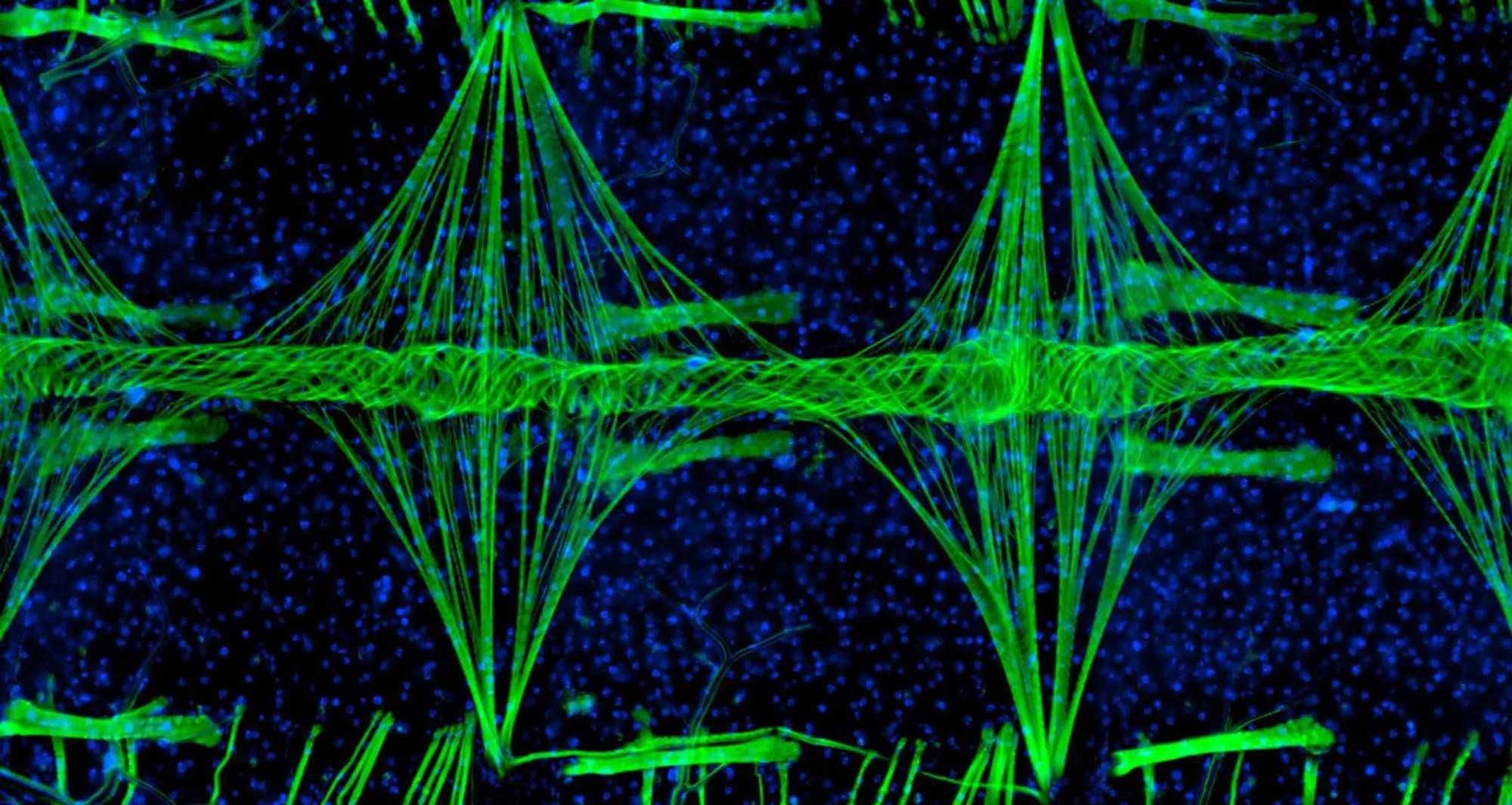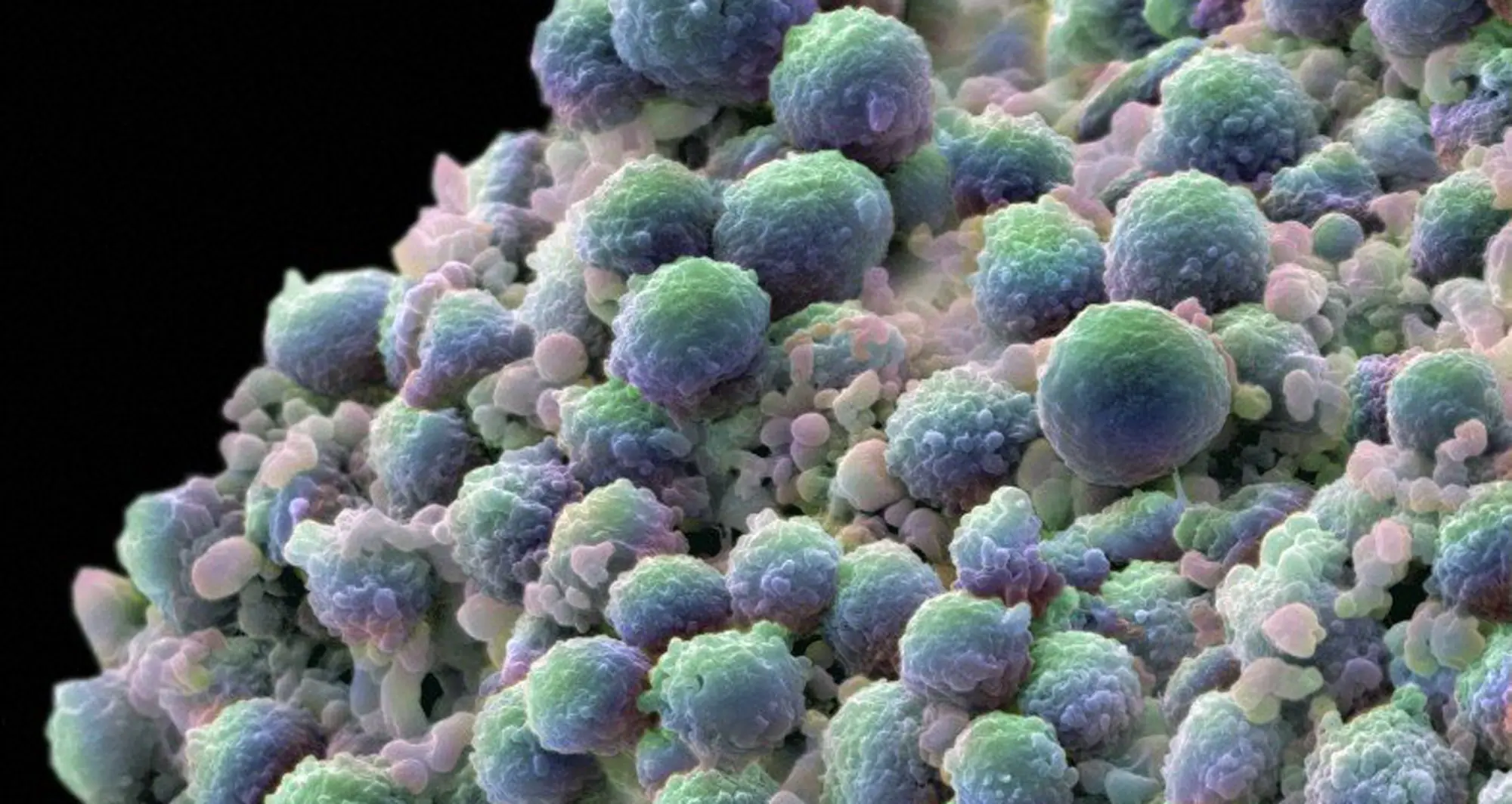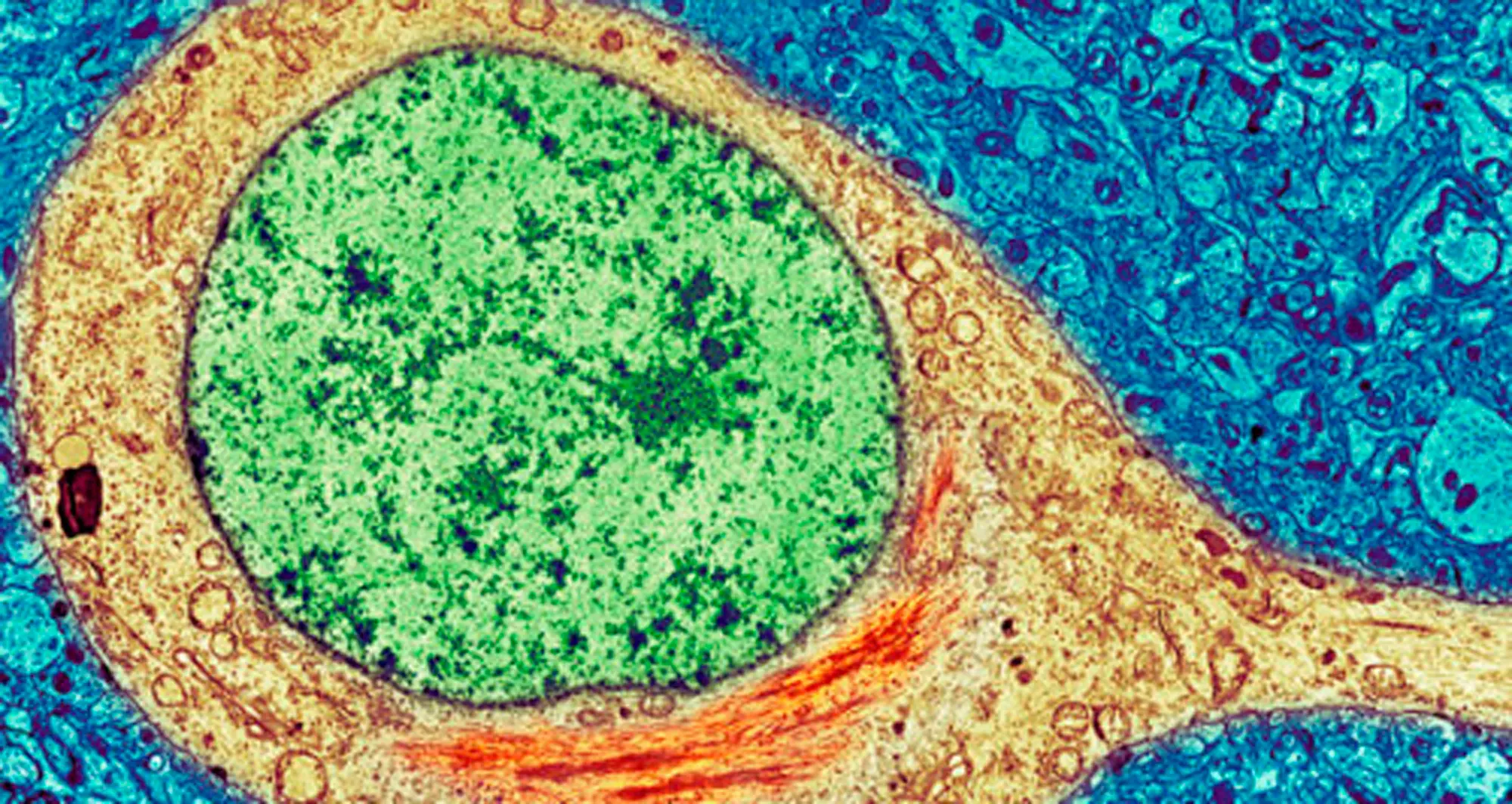A colorized scanning electron micrograph of a natural killer cell. These immune system cells provide rapid response to cells infected by viruses and other intracellular pathogens. They are increasingly being investigated for their potential in anticancer therapies.
Image courtesy of NIAID.









